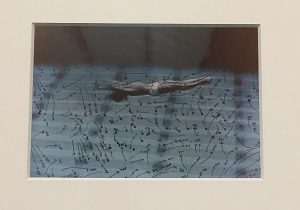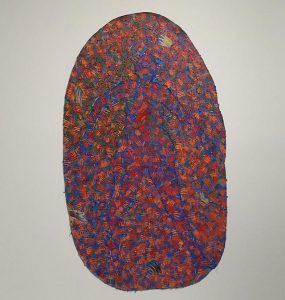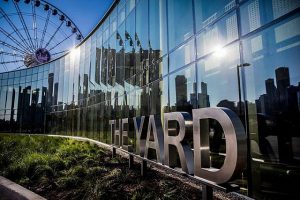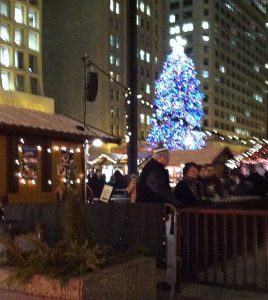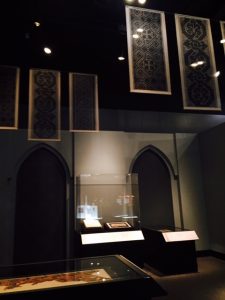
A timely new exhibit, “Mirroring China’s Past: Emperors and their Bronzes,” fills the Art Institute of Chicago’s Regensenstein Hall. Opened Feb. 24, 2018, to coincide with the Chinese New Year, the exhibit’s ancient ornamental containers and related art pieces were used for a variety of ceremonies.
The exhibit, which continues through May 13, 2018, brings together many objects not seen outside of China.

A good chance to see how the bronzes, which are primarily from the second and first millennia BC, is to visit the Art Institute March 3 when the museum is holding a Lantern Celebration from 1 to 7:30 p..m. (free with museum admission) and “Concert Music of China – Past and Present” (free) from 3 to 4:15 p.m.
But no matter when visitors go there are few tips that should add to their experience.
Upon walking into the exhibition space, it is easy to start looking at all the vessels. There are nearly 200 works assembled from Beijing’s Palace Museum, Shanghai Museum, the Art Institute of Chicago, other museums and from private collections. They mirrored what was important in the Chinese culture during their period.
However, turn right first to see a large, wall-sized photo reproduction of a Chinese delegation that visited Chicago in the early 20th century. Look at the bronze set being held. Then see the actual pieces in a case across the room. The spectacular set is on loan from New York’s Metropolitan Museum of Art.
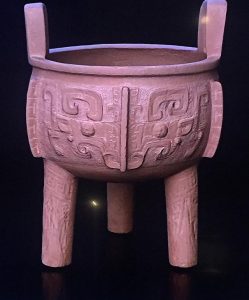
Next, while meandering through the exhibit, stop in front of a small, easy-to-miss video screen on a long, wall to the right.. It shows how bronzes were created in molds.
However, this exhibit is not merely about the bronzes. It also is about the emperors who valued and collected them. So when turning the corner of the main room, stop and sit a minute where a short movie on Emperor Quianlong shows some of the treasures he housed in the Forbidden City, the imperial palace of the Ming (1368-1644) and Qing (1644-1911) dynasties. The complex is home to the Palace Museum.
The film and exhibition curator Tao Wang, the Art Institute’s Pritzker Chair of Asian Art explain Quianlong’s and other emperors’ views on the importance of collecting bronzes.
“For the emperor-collectors, ancient bronzes were more than a collection piece,” said Wang. “They were perceived as the Mandate of Heaven – an embodiment or symbol of moral and political authority.”
DETAILS: “Mirroring China’s Past: Emperors and their Bronzes” is at the Art Institute of Chicago, 111 S. Michigan Ave, Chicago, now through May 13, 2018. For admission fees, hours and other information call (312) 433-3600 and visit ARTIC.
Jodie Jacobs



